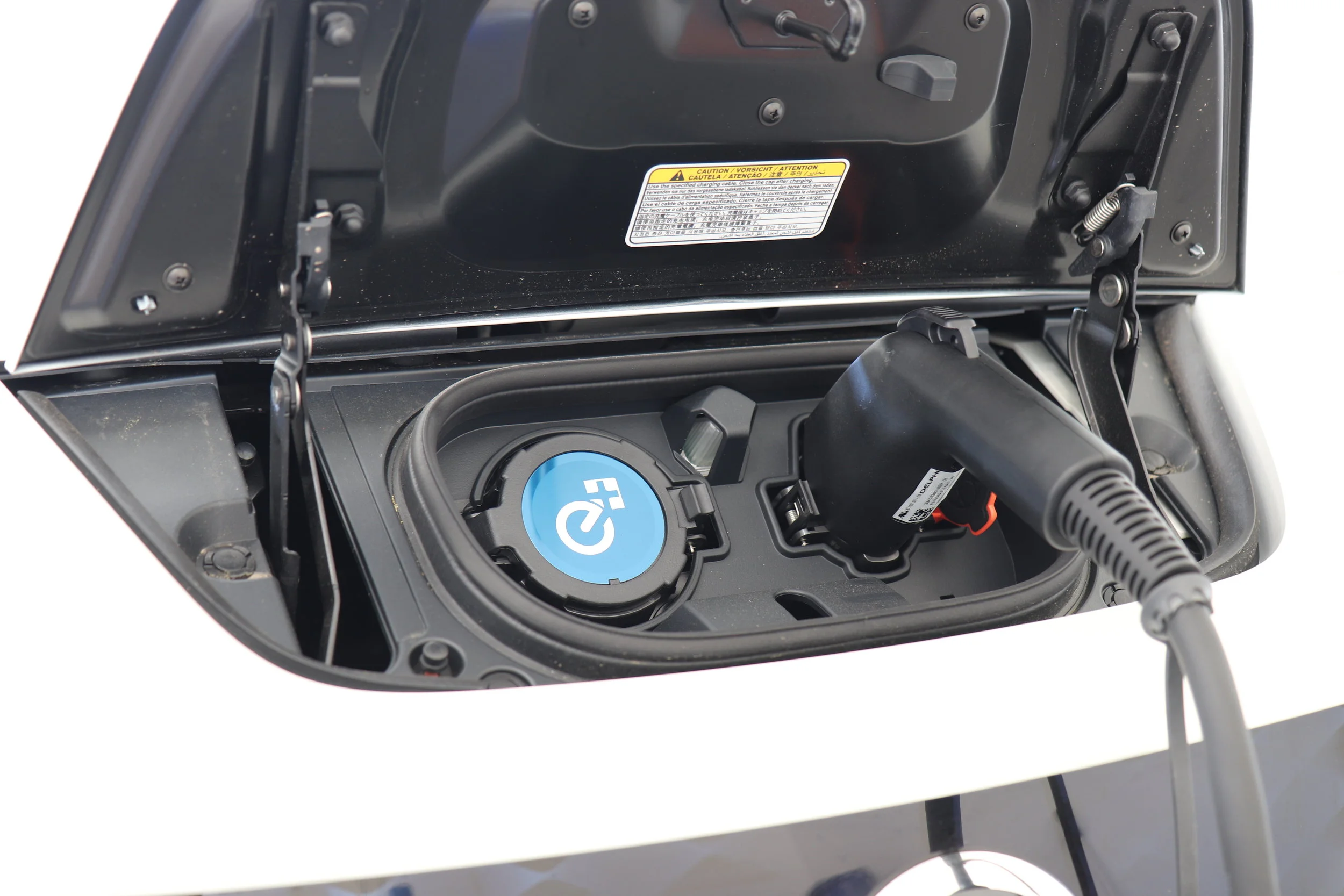How to Calculate a Lease Payment on Your Next Vehicle
Calculating the lease payment of your next vehicle can be a daunting task - you might be asking yourself, “What is factored into a lease?” or “How does it differ from a regular car loan?”. In a previous article “Understanding vs Buying” we went into the pros and cons of leasing vs buying your next vehicle. Before you can decide if leasing is the best option for you, the last thing you will need to know what that lease payment will be, so let’s see what factors go into your lease payment, and then we will do a sample calculation so you can do it yourself.
Factors in the Lease Calculation
When it comes to calculating your lease payment, you will need to take into account the factors you can control and the factors you cannot control. The factors you can control are:
Negotiated selling price of the car
Allowance of miles that are allowed per year
Number of years that the car will be leased
Down payment for the car
Rebates (regardless whether you take the rebate or not, the dealer will always get their rebate from the manufacturer, so do your research!)
…and the factors that you cannot control:
Residual value of the leased car at the end of the lease
The money factor (it’s loosely related to the interest rate)
Any mandatory fees that are government imposed
Controlled Factors
Let’s discuss the controlled factors first - for the selling price of the car which will be a major factor in your total lease payment, you will want to negotiate the total selling price of the car just the same as you would if you were to purchase a car from the dealership. There are many sites to help you out with the price such as Edmunds.com or TrueCar.com but use at your own risk - I personally would try and find forums or discussion boards to get the information on what people paid for their car. With that, negotiate the price the best you can.
The second factor is the number of miles you plan on driving throughout the term of the lease. Most manufacturers will offer anywhere from 7,000 miles per year, up to 15,000 miles per year - but for most people, 10,000 or 12,000 will be most doable. The rate of the lease will differ based on the mileage per year, being more expensive as the mileage allowance goes up. Note: Don’t forget to find out what the cost per mile is if you go over!
The third factor is how long your will lease your car for - typically the leases are 12-48 months, but usually they are 24-36 months. The calculation will vary and longer terms won’t necessarily equal to lower or higher payments as the residual value varies for each car and make.
The fourth factor is the down payment - this will go without saying, but the payments are still based off of the total price of the car so the monthly payments will be affected.
The final factor is something that should not have to be discussed, but often times the dealer does not disclose the rebates - regardless of whether the rebate was applied to the total purchase price or not, the selling party will still get the amount from the manufacturer. Be sure to check the manufacturer’s website during your vehicle research for any offers present and if they apply to you, prior to negotiating the price with the dealership. (Sometimes it’s even better to not discuss the rebates until the end because the dealer may try to pretend that they are “giving you a good price”, knowing that they will recoup the money. If you bring up the rebate at the end, it could bite them back and you might just get yourself a sweet deal.)
Non-Controlled Factors
Now, unlike the controlled factors, the below represents the factors that are set-in-stone. These are factors that cannot be negotiated and must be used when calculating the payment, or paid upon signing the contract of the purchase.
The first factor is the residual value of the car - this is the expected value of the car at the end of the lease term, and is set by the manufacturer based on the length of the term. The key factor when looking at this number is not how long the term is, but the difference between the residual values based on the length of the term. (i.e. a factor of .67 on a 24 month lease versus .60 on a 36 month lease versus .55 on a 48 month lease term) The values provided by the manufacturer are generally fair and reasonable so the difference will not matter that much, but the numbers will only be used for your calculations.
The second factor is the “money factor”, which is essential the rate at which you pay for the lease. It’s very much like the interest rate, but calculated much differently. This is set and does not change based on your credit like an interest rate - of which the only downside is that either you qualify for the lease, or you simply do not.
Finally, the last factor are charges and fees imposed for leasing such as government fees and taxes. The acquisition fee is not imposed by the government, but I’ve personally never heard of anyone getting away with not paying the acquisition fee.
Calculating the Lease
So now that you have the numbers, let’s do a sample calculation! For a real-world example, let’s see what a payment will come out to based on a hypothetical price on a 2019 BMW 3 Series. For the controlled variables, we’ll be looking at a 3-year (36 month) lease with a 10,000 mile a year allowance. For this, BMW is currently offering a money factor of 0.00166 and a residual value of 61%. As for the price of the car, we’ll say that the negotiated price was $40,000 as the “selling price” of the vehicle - and for a down-payment, let’s say you have a $1,000 available.
The “selling price” is now down to $39,000 with the $1,000 down payment. Now, take the $39,000 and multiply it with the residual value provided by BMW which is 61%:
$39,000 * 0.61 = $23,790 (residual value)
Take the residual value of $23,790 and subtract it from the selling price of $39,000:
$39,000 - $23,790 = $15,210 (financed amount)
Now that we know what the amount you will be financing, divide that by the lease term length in months (36 month):
$15,210 / 36 = $422.50 (base payment)
Take the selling price and residual value and multiply those with the money factor for the “interest rate”:
($39,000 + $23,790) * 0.00166 = $104.23 (interest payment)
To calculate the tax, add the base payment with the interest payment and multiply it with the current tax rate (tax rate in Scottsdale, Arizona is 8.25%):
($422.50 + $104.23) * 0.0825 = $43.46 (tax payment)
…and finally, add the base payment, interest payment, and the tax payment to get your total monthly payment:
$422.50 + $104.23 + $43.46 = $570.19 (total monthly payment)
Keep in mind that this does not include any additional fees imposed by the government or the dealership, but it will be a close estimate to what your actual monthly payment will be.
Final Thoughts
For a $40,000, with a $1,000 down payment, a money factor of 0.00166, and a residual value of 61%, the payment would be $570.19. This number may seem a bit high, but if this same car was financed at 60 months on a 4% interest rate, the payment would be a whopping $718.00 a month. While the argument can be made that paying the $718 a month for 5 years would yield in full ownership of the car, you have to keep in mind that the older the car is, the more likely it will need repairs which will be additional money out of your pocket. With the lease, after the agreed lease term, you can be free of any further obligation or get a brand new car with full warranty and maintenance packages (depending on the car of course), starting from 0 miles.
Be sure to check out the Leasing vs Buying article mentioned earlier and see what works best for you. In the next article we will look into buying and how the calculation works on a financed purchase.







